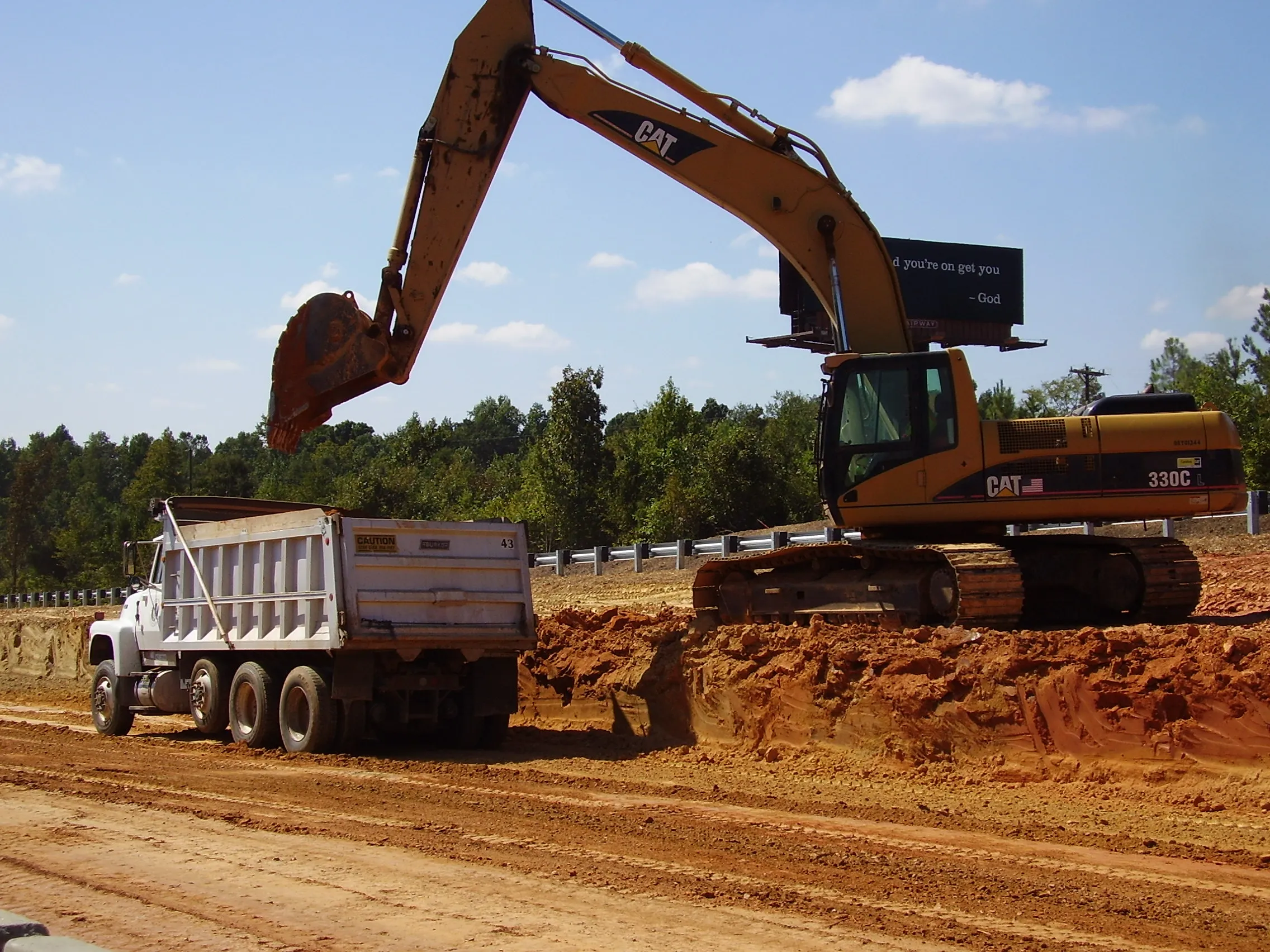A new report by the
The analysis, conducted ARTBA chief economist Dr Alison Premo Black, shows how the impacts of transportation capital investments trigger immediate economic activity. This includes cost savings for drivers, and new and sustained jobs, while yielding long-lived capital assets that facilitate economic activity for decades to come.
Black testified before a recent Kansas state legislature hearing about the report’s findings. The study was commissioned by the Kansas Contractors Association.
An annual investment level of $264 million could be delivered with an increase in the state motor fuel tax around 4 Cents/litre, which would cost the average driver about $5 - $10/month. This would however help businesses increase output, grow the tax base and support jobs across all major sectors of the state economy, Black said.
The improvement in the state’s transportation network would include enhanced safety, lower operating costs, reduced congestion and an increase in both mobility and efficiency, ARTBA said.
In addition, Black’s analysis reveals that increased investment would generate $594.3 million in additional economic output, increase gross state product (GSP) by nearly $304 million and grow state and local tax revenues by $29.4 million. It would also support or create an additional 5,308 jobs, with 52 of the employment outside of the construction industry.
Research shows that the economic return for every $1 invested in transportation infrastructure improvements can range up to $5.20. For drivers in Kansas, this could add up to as much as $1.3 billion in savings, not including the additional benefits of improving access to critical facilities like schools and hospitals or increases in business productivity, Black says.
More than 660,000 Kansas jobs are fully dependent on the work done by the state’s transportation construction industry. These dependent industries provide a total payroll of $25.2 billion and their employees contribute $4.6 billion annually in state and federal payroll taxes, the ARTBA report found.
The annual $264 million investment would help restore some of the recent cuts to the Kansas highway programme. The Kansas state legislature will have diverted about $3.5 billion from the state Highway Fund to the General Fund and other state agencies between FY 2011 and FY 2019 for non-transportation purposes. These diversions have had a significant market impact, Black said, delaying over $600 million in road projects because of a lack of funds and resulting in the loss of 3,000 construction jobs.
Kansas road and bridge funding will help develop economy
A new report by the American Road & Transportation Builders Association’s (ARTBA) identifies the economic gains from road development in Kansas.
March 24, 2017
Read time: 3 mins






